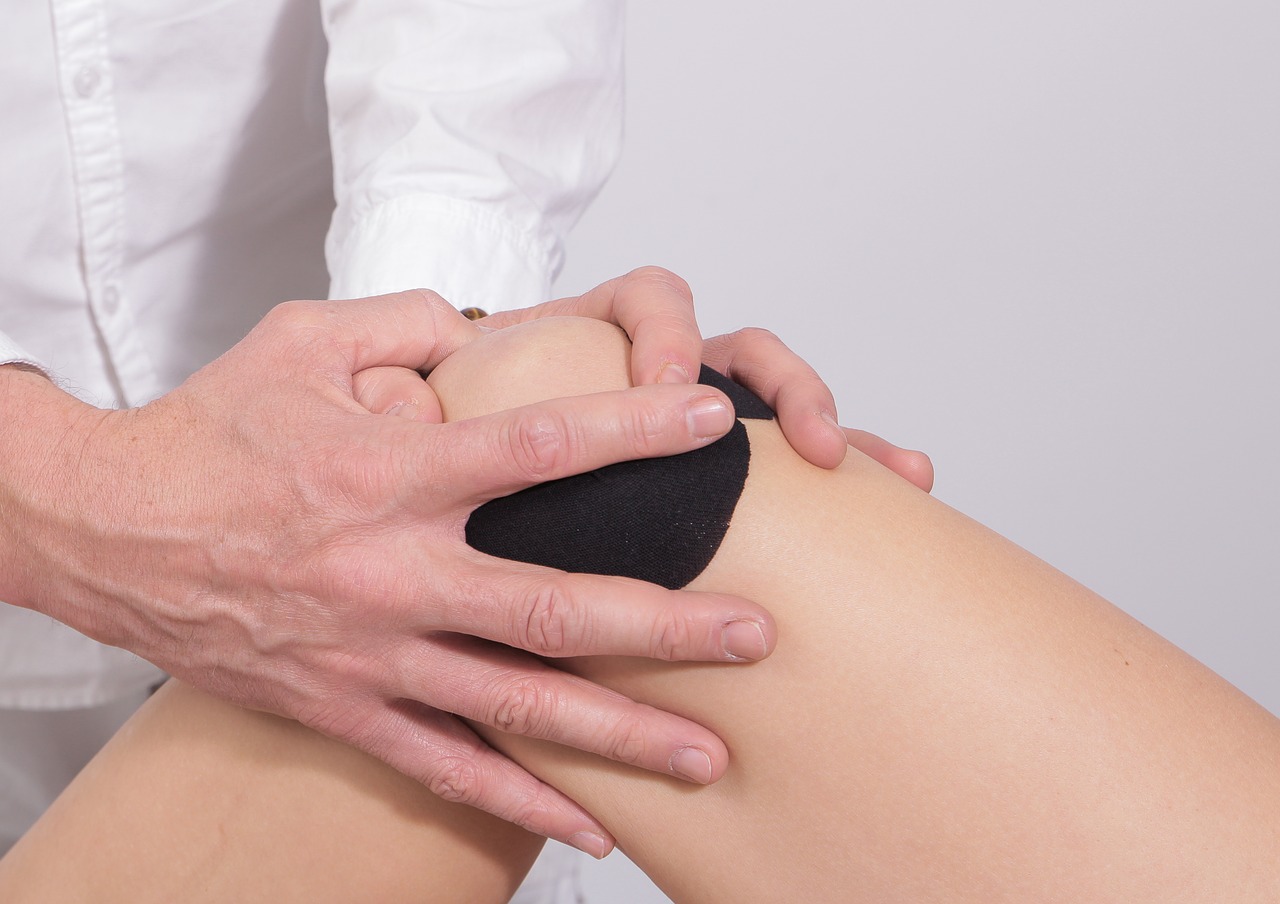Ever had pain when you press on a specific area of your body?
It could just be a bruise, or it could be a trigger point. A trigger point is defined as a sensitive area in the muscle or connective tissue (fascia) that becomes painful when subjected to continuing compression, and thereby “triggers” an adverse reaction in other areas of the body. Chronic pressure on the associated nerves causes the muscle fibers to shorten, and often leads to pain.

The easiest way to address trigger points is by pressing and rubbing directly on the irritated spots. For some, this action brings instant relief. But for others, it may take multiple treatments. Trigger point therapy is basically a form of massage; and acupressure techniques, as well, may have a similar effect on eliminating trigger points.
Trigger points include, by definition, some form of damage to muscles and connective tissues. They can be caused by repetitive injuries, sustained heavy-loading injuries, poor posture, emotional stress leading to muscle clenching and even by inactivity.
Once formed, trigger points go through two phases, active and latent. When a trigger point is active, it is painful. An active trigger point hurts when touched and causes radiating sensation around it and to other areas of the body. The referral pain of active trigger points tends to be dull and achy.
Latent trigger points lie quietly in the muscles, sometimes for years. Usually, latent trigger points aren’t noticed unless pressure is applied. They tend to cause restricted movement.
If left untreated, trigger points can eventually cause the surrounding muscles to become dysfunctional. They can become weak, have increased stiffness and decreased flexibility, leading to more pain. For best results, both the local tissues and the secondary pain areas need to be treated. This can be achieved using direct pressure, first on the tender spot, and then work on the areas of referred pain.
Other therapies for trigger point include the spray and stretch method and dry needling. The spray and stretch method uses a coolant spray to distract the muscle, allowing for a more complete stretch, which releases the trigger point.
The use of dry needling by untrained practitioners has created an uproar from licensed acupuncturists. Dry needling does not require any official schooling, or any state or national exams to demonstrate proficiency and knowledge. It is now being used more commonly by physical therapists and chiropractors all over the world.
Trigger point therapy is an amazing tool for treating muscular pain. It can be a lifesaver for some, especially those using prescribed muscle relaxers, which are only a temporary solution. So be sure to contact your massage therapist or other healthcare provider to find the help and pain relief you deserve!
